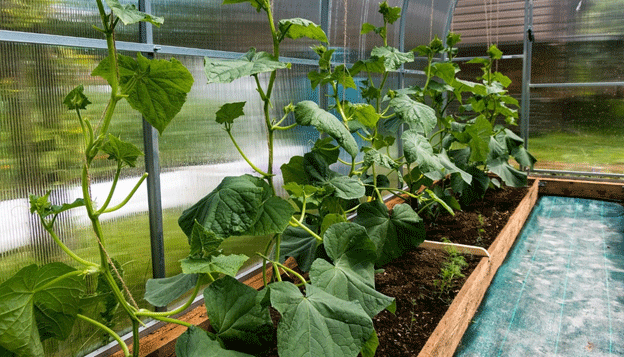Growing your own vegetables is both rewarding and cost-effective, especially as grocery store prices climb and concerns over chemical residues in store-bought produce increase. Homegrown crops not only taste better but also provide peace of mind about what’s going into your body. However, achieving high yields sustainably requires a solid understanding of crop rotation, particularly in greenhouse environments.
The Importance of Crop Rotation in Greenhouses
Crop rotation is a well-established agricultural practice that prevents soil depletion and helps manage pests and diseases. In greenhouse settings, where space is often limited, it’s even more crucial. When the same crops are grown repeatedly in the same area, the soil’s nutrient levels can become imbalanced, and specific pathogens can build up, reducing the health and productivity of your plants. Research shows that implementing crop rotation can increase yields by up to two times compared to monoculture plantings.
Basic Crop Rotation Strategies
Agronomists recommend a simple but effective crop rotation system for greenhouses. Many gardeners operate with two main greenhouse zones: one for cucumbers and another for tomatoes. In the subsequent year, these crops swap locations. This switch disrupts the lifecycle of pests and diseases specific to each crop. Additionally, peppers and eggplants often perform better when grown alongside tomatoes, as they have similar nutrient requirements and face similar pest pressures.
To further enhance soil health, sow cover crops, also known as green manures or “siderates,” in fall or early spring. Legumes, mustard, and clover are popular choices that enrich the soil with nitrogen, improve its structure, and suppress soil-borne diseases. Cover crops also deter pests, creating a healthier environment for your primary vegetables.
Extending the Growing Season
Greenhouses offer the unique advantage of season extension. In early spring or late fall, quick-growing crops like radishes, spinach, arugula, and leafy greens can be planted. These crops are ready to harvest within weeks, making efficient use of greenhouse space before summer vegetables take over.
Companion Planting for Natural Pest Control
For an added boost to your greenhouse ecosystem, consider incorporating flowers and herbs that deter pests and promote vegetable growth. Marigolds, nasturtiums, and calendula not only brighten up the greenhouse but also repel insects like aphids and whiteflies. Basil is a particularly good companion for tomatoes, as it enhances their flavor and may help ward off pests.
Research supports the effectiveness of companion planting in pest management. For example, studies have shown that planting marigolds around tomatoes reduces nematode populations, while basil’s essential oils repel harmful insects.
Planning Your Crop Rotation Year by Year
- Year 1:
- Greenhouse 1: Tomatoes, eggplants, or peppers
- Greenhouse 2: Cucumbers or zucchinis
- Year 2:
- Switch locations
- Cover Crop Planting: In fall or early spring, plant cover crops in each greenhouse to rejuvenate the soil.
To avoid monotony in crop rotation, you can also experiment with leafy greens and quick-growing spring crops. This flexible approach not only optimizes space but also reduces the chances of soil fatigue and pest buildup.
By following strategic crop rotation practices, you can double your vegetable harvest in greenhouses while promoting long-term soil health and minimizing the need for chemical treatments. The key lies in alternating crops, using cover crops, and employing companion planting to create a more resilient and productive growing environment. With thoughtful planning, your greenhouse can yield bountiful harvests year after year, making the most of every square meter of space.









